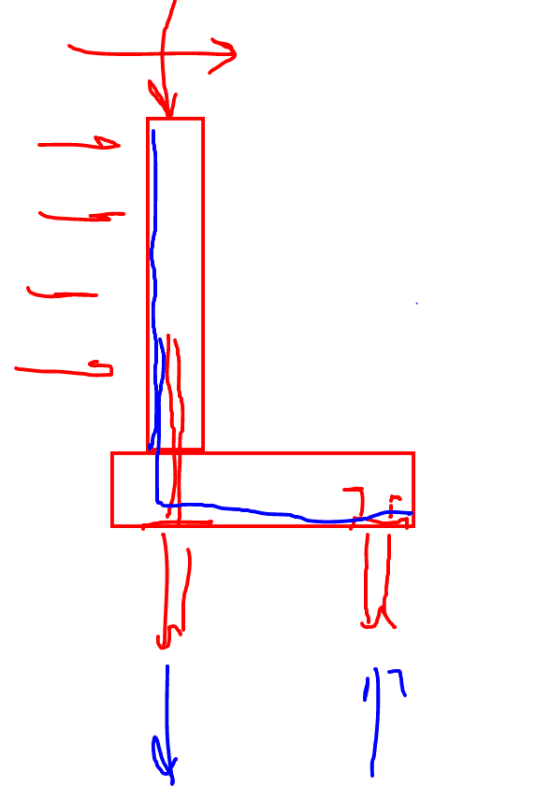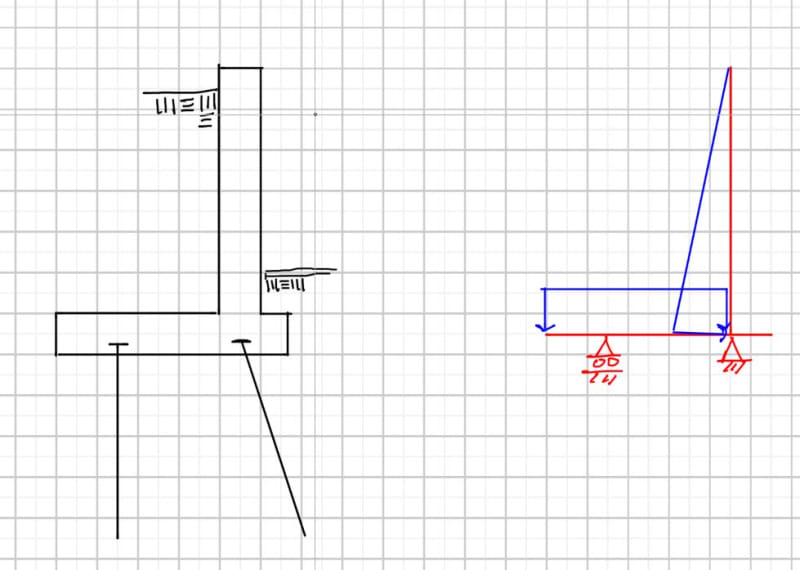DoubleStud
Structural
- Jul 6, 2022
- 501
So I have a new house project with 6 ft tall crawlspace. The plan was to build the tall crawlspace wall on footers on top of bedrock. I made the heel of the footers wider and design the crawlspace wall to be able to take some load vertically. That is how the drawing went to permit. Now once they start digging, they found out it is not feasible to go to bed rock because they are much deeper than what everyone anticipated. Now they want to do micropiles. My questions is, can I stick with my old design and just put micropiles right below the walls and make sure my walls can span from piles to piles? Do I need to put piles on my heel? By doing this I can make sure my walls can still span vertically (because of the large heel), and I will have big enough dead load above heel to reduce sliding load. If I redesign the foundation to grade beam (with minimal or no footers) then I would think I need to introduce series of counterforts. Also I am not sure how much lateral load micropiles can take to resist sliding along the tall crawlspace. Any advice?


